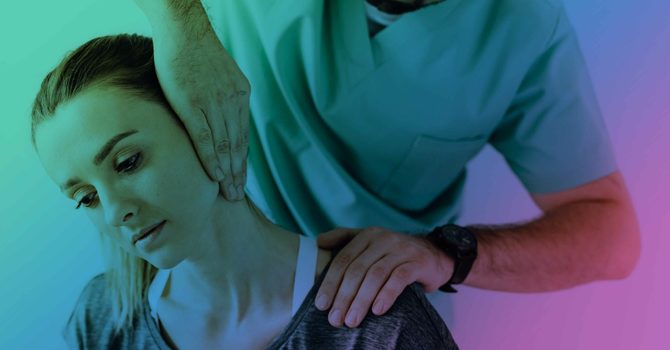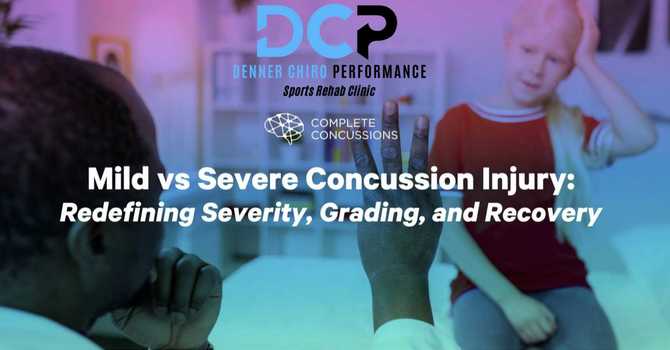Achilles Tendinitis | Charlotte, North Carolina
Achilles tendinitis is a common foot injury that affects athletes and non-athletes alike. It is characterized by pain and inflammation of the Achilles tendon, which connects the calf muscle to the heel bone.
Achilles tendinitis is a common overuse injury that results from repetitive strain or trauma to the Achilles tendon. The condition is more prevalent in individuals who participate in activities that involve running or jumping, as these activities place significant stress on the calf muscles and Achilles tendon.
What Is Achilles Tendinitis?
Like a bowstring connecting an archer to their bow, the achilles tendon connects the heel bone to the calf muscle. This powerful tendon is responsible for allowing us to walk, run and jump.
However, when it becomes inflamed or irritated, it can cause a painful condition known as achilles tendinitis. Achilles tendinitis is an overuse injury that occurs when the tissue of the tendon is repeatedly overloaded. Symptoms can include pain at the back of the heel and ankle, swelling in the area and difficulty bending your foot downwards.
In some cases, this condition can also be caused by structural problems such as flat feet that put greater strain on the achilles tendon. Insertional Achilles Tendinitis is another type of this condition where pain is located at the point where the tendon meets the heel bone.
Due to its location in a weightbearing area of our body, it's no surprise that achilles tendonitis can be very painful - even with rest and treatment. With appropriate care however, it's possible to reduce inflammation and discomfort associated with this condition.
Causes Of Achilles Tendonitis
Achilles tendonitis is a common chronic injury that occurs when the Achilles tendon, located in the back of the heel and connecting the calf muscle to the heel bone, becomes inflamed or swollen.This painful condition can be caused by a number of factors, including:
- Overuse: Too much activity involving repetitive movements can cause inflammation in the Achilles tendon.
- Tight calf muscles: Having tight muscles in the calves can lead to overstretching of the Achilles tendon, resulting in swelling and pain.
- Heel spurs: These small bony growths on the heel bone can irritate and damage the Achilles tendon, causing it to become inflamed.
- Other potential causes of Achilles tendonitis include poor footwear choices, inadequate stretching before physical activity, and sudden increases in physical activity intensity.
Signs And Symptoms Of Achilles Tendinitis
The pain of achilles tendinitis is so severe that it almost feels like someone is stabbing the back of your ankle with a hot knife. This condition affects the tendons connecting your calf muscles to the heel bone, which can cause intense discomfort and limited mobility when inflamed.
It typically occurs at the achilles tendon insertion point near the heel, where you may experience tightness or pain in your achilles tendon. The pain in your achilles tendon can also be felt in the back of your ankle just above the heel. The severity of this condition can range from mild to extreme depending on the degree of inflammation and damage to the tissue surrounding your achilles tendon insertion point.
If left untreated, it can lead to debilitating stiffness, swelling and chronic pain that radiates throughout your lower leg.In some cases, movement or any pressure placed on your affected area may become so unbearable that even walking becomes nearly impossible.
Treating achilles tendonitis requires both rest and rehabilitation exercises designed to reduce inflammation, improve flexibility and strengthen weakened muscles around the affected area. With proper care, you can make strides in recovering from this painful condition and return to regular activity without fear of re-injury.
Rehabilitation Exercises For Achilles Tendinitis
In cases of insertional Achilles tendinitis, physical therapy may be used to further help reduce inflammation and improve stability and mobility of the foot and ankle.
At Denner Chiropractic & Performance in Charlotte, North Carolina we use multiple techniques in our rehab process. Our favorite method for the rehabilitation of tendonopathys are exercises that provide the tendon with eccentric load. A number of studies have shown that placing affected tendons under eccentric load provides the best outcomes in both strength and mobility.
Achilles Tendinitis Versus Heel Spur
Achilles tendinitis and heel spur achilles are both related to the Achilles tendon, which is located in the back of the lower leg. The difference between them lies in their location. Achilles tendinitis occurs near the insertion of the Achilles tendon, where the tendon attaches to the heel bone, while an achilles heel spur is found at a higher point along the Achilles tendon.
Insertional achilles tendinitis refers to inflammation of this insertion site, while an achilles heel spur is an abnormal growth of bone on the calcaneus (heel bone). The causes of these two disorders can vary but are often linked to overuse or degeneration of the tissue due to aging. Overuse can include activities such as running, dancing, sports, or even walking that cause repetitive strain on the ankle and calf muscles.
Degeneration is more common in older adults and can be caused by years of wear and tear or trauma to the area. It is also important to note that there may be no identifiable cause for either condition.Treatment for these conditions will depend on their severity and underlying cause.By understanding how achilles tendinitis and heel spur achilles differ based on their location and causes as well as possible treatments available it becomes apparent that they require different approaches when managing symptoms.
Frequently Asked Questions
What Is The Best Way To Prevent Achilles Tendinitis?
The best way to prevent tendonitis is to take measures that reduce the strain on the tendon. This includes stretching and strengthening exercises, good posture, proper warm-up before physical activity, avoiding repetitive movements, and wearing appropriate shoes or other protective gear. Additionally, rest periods should be taken between activities and a balanced diet should be maintained to help ensure adequate nutrition for healthy tendons. Regular checkups with a doctor are also recommended in order to detect any early signs of tendonitis.
How Long Does It Take To Treat Achilles Tendonitis?
According to a recent survey of medical professionals, 91% of respondents agree that the amount of time it takes to treat Achilles tendonitis is typically between four and eight weeks. Treatment for Achilles tendonitis can vary widely depending on the severity of the injury, but can often include exercises and stretches to improve flexibility, strengthening exercises to stabilize the affected area, orthotics or bracing to reduce stress on the tendon and rest. In some cases medications such as non-steroidal anti-inflammatories may be prescribed.Additionally, appropriate footwear should be used when engaging in activities which increase stress on the tendons.
Are There Any Over-The-Counter Medications That Can Help With Achilles Tendonitis?
Achilles tendonitis is a common condition that can cause pain, stiffness, and difficulty with mobility. Treatment for this condition typically involves rest and physical therapy. Over-the-counter medications may also be beneficial in reducing symptoms associated with Achilles tendonitis. Non-steroidal anti-inflammatory drugs (NSAIDs) such as ibuprofen and naproxen can help reduce inflammation and pain. Other over-the-counter medications such as acetaminophen may also be used to manage pain symptoms associated with Achilles tendonitis. Additionally, some topical creams or gels containing bioactive ingredients such as menthol or capsaicin may provide relief from the discomfort caused by Achilles tendonitis.
Is There Any Risk Of Long-Term Damage From Achilles Tendonitis?
Achilles tendonitis is a common condition which may be caused by overuse, injury or inflammation of the Achilles tendon.It can cause pain and stiffness in the lower part of the calf and heel area. Long-term damage from this condition can occur if it is left untreated, leading to further complications such as tear in the tendon or rupture of the Achilles tendon. Treatment for this condition typically involves rest, icing, stretching exercises and other non-invasive measures such as orthotics or braces. If these treatments do not provide relief, then a doctor may recommend steroid injections or surgery to repair any structural damage that has occurred.
Is Sports Chiropractic/ Physical Therapy Necessary For Achilles Tendonitis Recovery?
Physical therapy may be necessary in order to ensure effective recovery from tendonitis of the Achilles tendon.Physical therapy can help to reduce pain and inflammation and improve flexibility, strength, and range of motion. Furthermore, physical therapy can help to prevent the recurrence of symptoms associated with Achilles tendonitis. Strengthening exercises can be used to improve the stability of the ankle joint, which can decrease the risk of Achilles tendon injury or re-injury. A Sports Chiropractor will create an individualized treatment plan based on a person's specific needs and goals for recovery.



